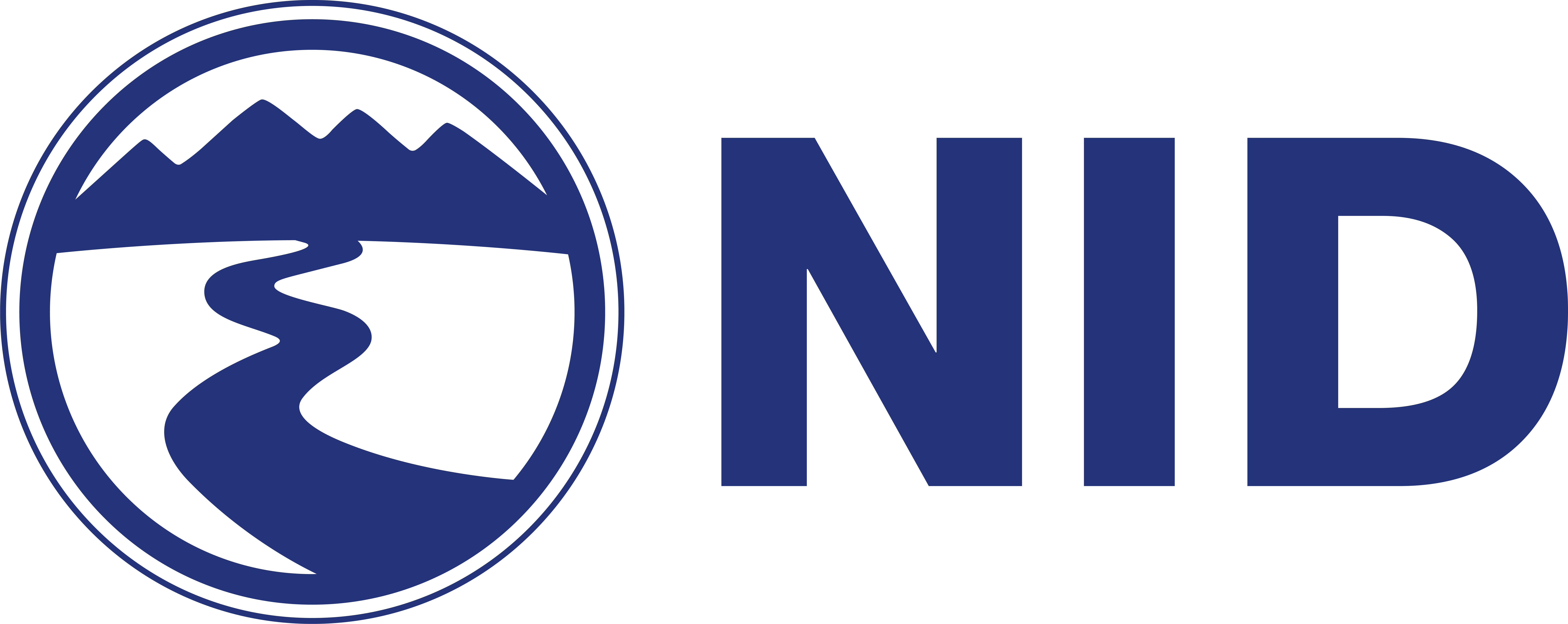Quagga and Zebra Mussel Prevention and Monitoring Program
Quagga and Zebra mussels are aquatic invasive species that are not native to California lakes. They can clog drinking water intakes, and foul boat hulls, motors, and equipment left in lakes. Their sharp shells litter beaches. They harm native fish by consuming food and often kill native mussels, crayfish, and snails through fouling.
In the late 1980s and early 1990s, these invasive mussels spread from Europe to the Great Lakes in contaminated ballast water discharged from foreign ships. From there, they expanded to the Mississippi River and later into some California waterways. They spread primarily by attaching to boat hulls, aquatic plants, docks and lifts. Adults can survive out of water for days under certain conditions.
NID's original program was to assess the vulnerability and prevent the introduction of quagga and zebra mussels (dreissenid mussels) into three lower-elevation storage facilities: Scotts Flat, Rollins and Combie Reservoirs. As of 2023, an additional 10 lakes have been added to the prevention and monitoring programs for a total of 13 lakes. These lakes include Jackson Meadows, Milton, Jackson, French, Faucherie, Sawmill, Bowman, Dutch Flat Forebay, Dutch Flat Afterbay, Rollins, Combie, Scotts Flat, and Deer Creek Diversion.

Boaters are asked to inspect their boats
Boaters’ participation of the self-inspection program is a crucial part of stopping the spread of the Quagga and Zebra mussels into our lakes.
Please fill out a Quagga and Zebra Mussel Self-Inspection Form prior to launching your boat at a District reservoir. Click here for the self-inspection form. Forms are also available at NID gatehouses.
Inspection signage and boater self-inspection forms are available at Scotts Flat, Rollins, and Combie Reservoirs. Inspection signage and/or and boater self-inspection forms will be posted at Deer Creek Diversion, Jackson Meadows, Milton, Faucherie, Sawmill, Bowman, and Dutch Flat Afterbay.

Zebra and Quagga Mussel Identification:
.jpg?ixlib=rb-1.1.0&w=2000&h=2000&fit=max&or=0&s=7cfd1a21f42337b625487543a530020f)
Funding was obtained through a grant with the Department of Boating and Waterways (DBW) to develop a Vulnerability Assessment and Prevention/Monitoring Plan.
The Program assessed the vulnerability of these reservoirs to the introduction of non-native dreissenid mussel species by:
- Monitoring the number of visitors
- Inquire as to the origin of visitors (relative to Dreissenid infested waters)
- Monitor outside equipment that is allowed (rentals)
- Survey the duration of use (day use, slipped/moored)
- Monitor access (managed or unmanaged)
- Prevention efforts being implemented
- Education efforts being implemented
The ongoing program aims to prevent the introduction of non-native dreissenid mussel species and includes, at a minimum, all of the following:
- Public education consisting of handouts, flyers, signage, postings and verbal communication
- Monitoring that consists of applying substrate for the adult and/or larval mussels and water quality conditions to determine viability of adult and/or mussels survival
- Management of recreational, boating or fishing activities that are permitted, which may include inspections, decontamination stations and/or information where to decontaminate a vessel, exit inspections and banding of vessels to trailers
Read the Quagga/Zebra Mussel Vulnerability Assessment Report and Prevention/Monitoring Plan (2023)
